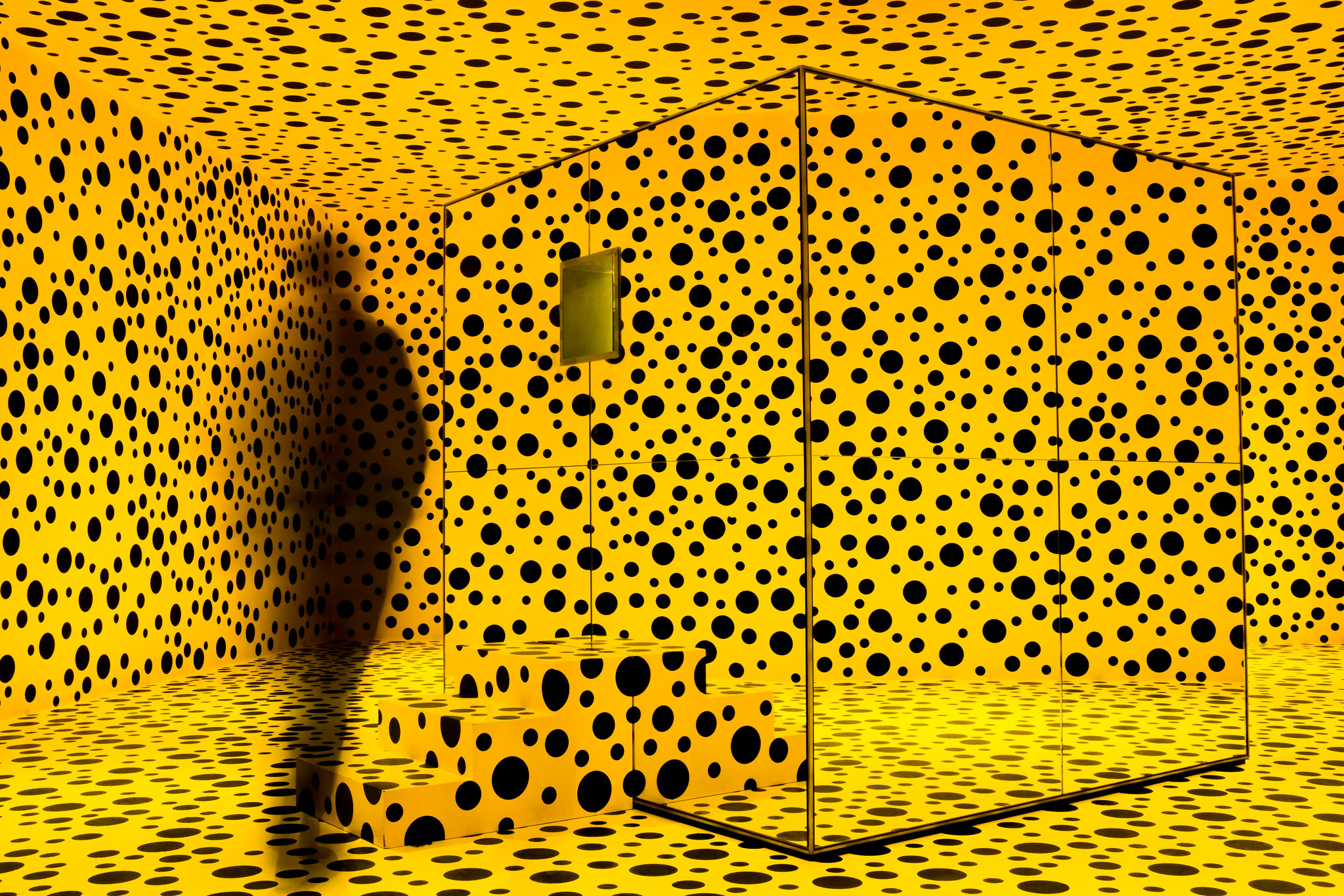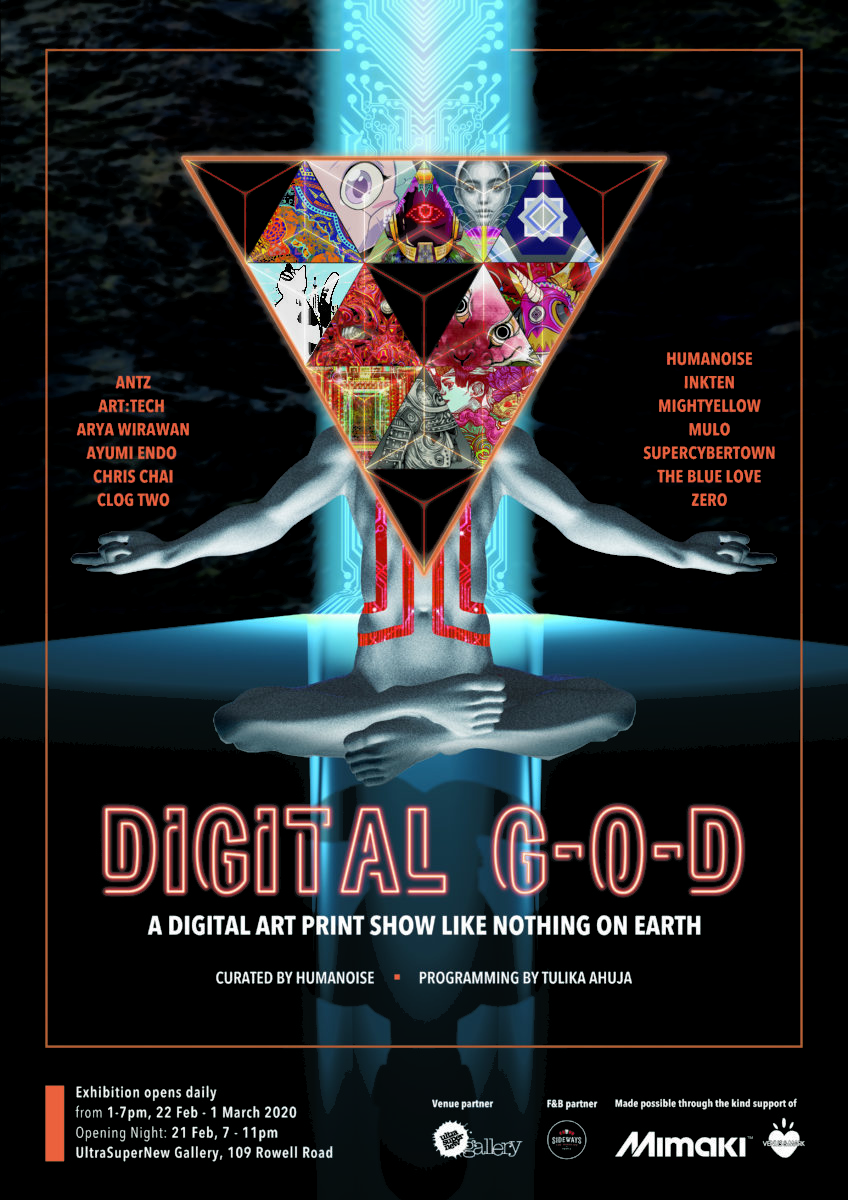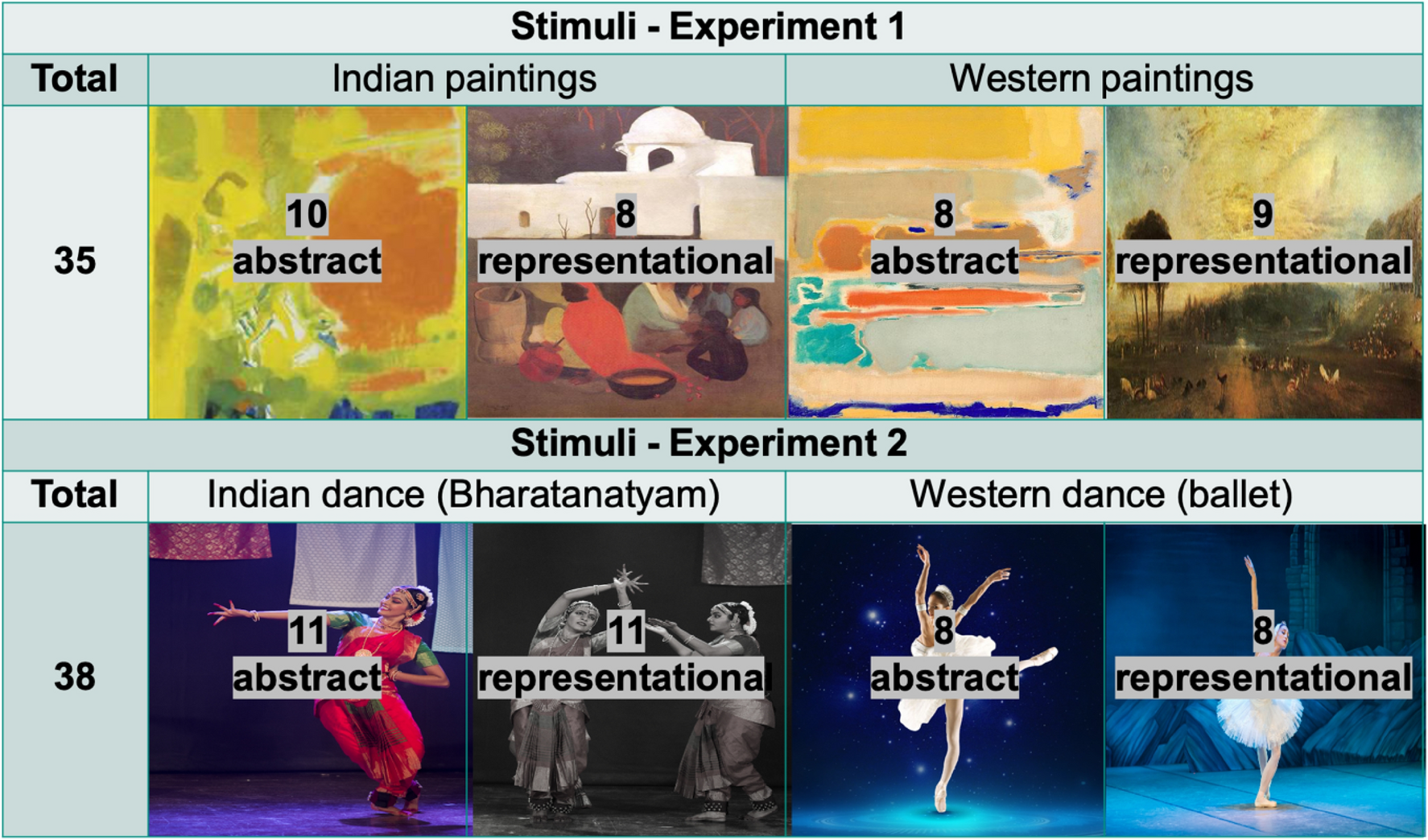The Art of Craft: Incorporating Cultural Traditions into Creative Expression
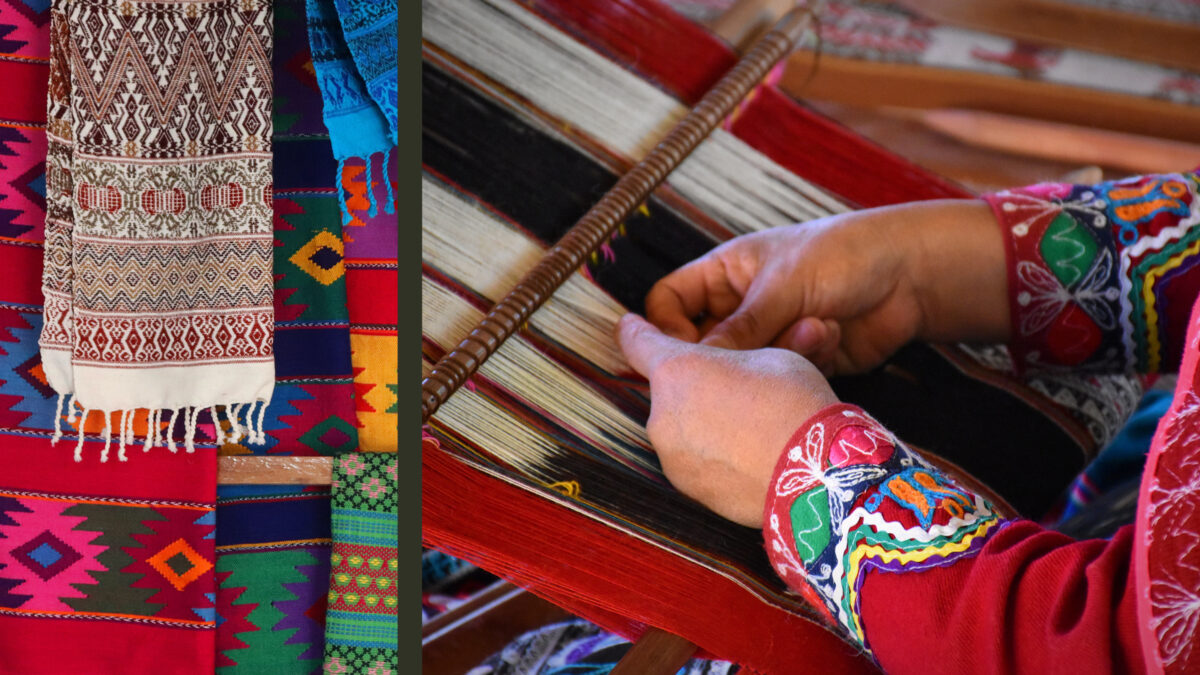
The Power of Craft as a Cultural Expression
The universe of craft opens doors to a myriad of possibilities for expressing personal and cultural identities. Whether through intricate textiles, elaborate pottery, or meticulously crafted woodworks, artists bring forth their heritage while simultaneously paving paths towards modernity. The fusion of traditional techniques and innovation serves as a dynamic storytelling medium, where each artwork encapsulates the essence of the struggles, joys, and triumphs of those who came before.
Across the diverse landscapes of the United States, various communities take pride in their unique heritages, celebrating them through the rich tapestry of craft. For instance, Navajo weaving stands out as an intricate and colorful art form that is more than mere decoration; it carries deep symbolism and spirituality, often depicting themes from nature and life cycles. These weavings not only demonstrate exceptional artistry but also serve as cultural narratives passed down through generations, teaching younger Navajo individuals about their history and identity.
In the Appalachian region, we see an entirely distinct approach to craft through Appalachian quilting. Here, quilters transform scraps of fabric into stunning communal heirlooms. Each quilt tells a story, often reflecting the economic circumstances of the creators who utilized every available material. Not only do these quilts provide warmth, but they also foster community connections—local quilting bees serve as social gatherings, preserving traditions while reinforcing the bonds between generations.
The art of Italian glassblowing, particularly evident in regions like Murano, exists as a celebration of technique and artistry that has survived through centuries. Skilled artisans showcase breathtaking creations, from delicate glass vases to elaborate chandeliers, each piece telling tales of the island’s rich history and the meticulous craftsmanship it upholds. Visitors marveled not only at the aesthetic quality of the glass but also at the deeply rooted traditions that enable these artisans to continue their forebears’ craftsmanship in contemporary society.
Incorporating these cultural elements into artistic practice significantly enriches the creative process. It empowers artists to:
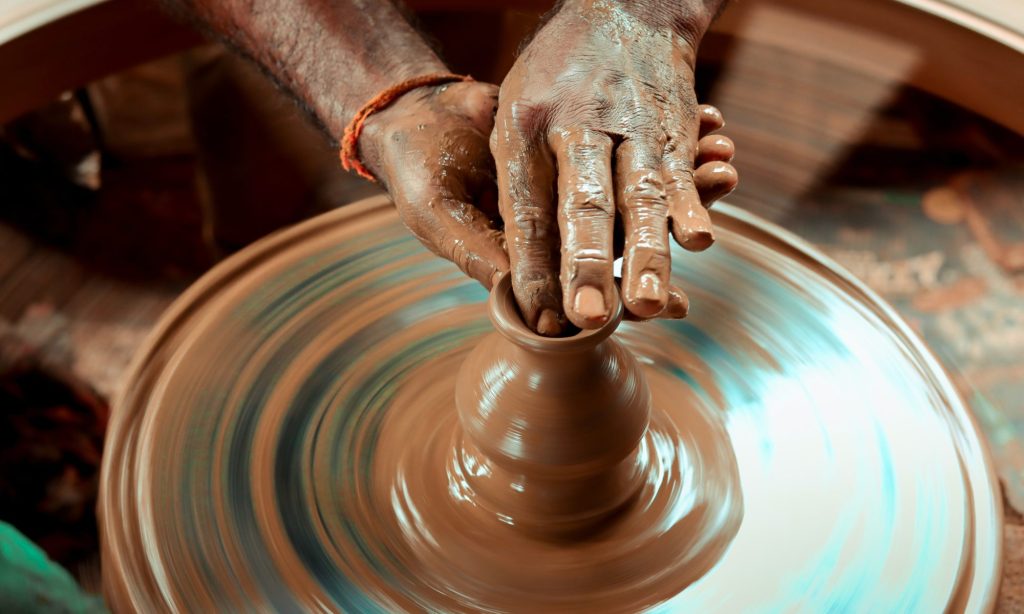
- Preserve traditions that may be at risk of fading, ensuring that skills and stories are not lost to time.
- Engage audiences with new narratives that explore cultural dialogues and shared human experiences.
- Establish a dialogue between past and present, illustrating how heritage can influence contemporary art forms and vice versa.
This exploration delves into how artists across various disciplines infuse their work with cultural significance, highlighting the relationship between creativity and heritage. From visual arts to performing arts, we uncover the artistry and meaning behind this timeless practice, inviting readers to appreciate the depth beyond the craftsmanship and perhaps encouraging them to explore their own creative expressions stemming from personal or cultural backgrounds.
EXPLORE MORE: Click here to dive deeper
Embracing Heritage through Creative Mediums
The art of craft serves as a powerful vessel for embodying cultural traditions and fostering a sense of identity. Artists who draw inspiration from their heritage embark on a unique journey, weaving their ancestors’ stories into the fabric of their work. This incorporation not only adds layers of meaning to the art but also establishes a connection between the past and present. By tapping into distinctive cultural practices, these artists breathe life into traditional forms while navigating the changing landscape of contemporary art.
In many cases, the materials used in crafts underscore cultural significance. For example, in Native Hawaiian arts, the use of natural materials such as kapa (bark cloth) and lauhala (pandanus leaves) is intrinsic to the creation of traditional clothing and art objects. Through these mediums, artisans express a profound connection to their environment, which has been respected and preserved for centuries. Workshops teaching the art of kapa making or lauhala weaving invite both locals and visitors to experience the process first-hand, deepening their understanding of the cultural narrative embedded within each creation.
Similarly, in the realm of urban art, street murals often draw upon the cultural backgrounds of their creators to convey powerful messages. The city of Chicago, for instance, is home to vibrant murals that celebrate the experiences of its diverse communities, including those of African American and Latino heritage. Artists use bold colors and striking imagery to transform blank walls into testimonies of resilience, providing a voice to marginalized populations. Engaging with local histories, these artworks foster dialogue and encourage community members to reflect on their shared experiences.
As craft evolves, artists are increasingly recognizing the importance of innovation in preserving traditional techniques. The blending of ancient methods with modern technology can lead to stunning new interpretations that resonate with younger audiences. Consider the revival of traditional pottery techniques combined with contemporary glazing methods by artists like Sharon L. Johnson, who infuses her pottery with rich storytelling while exploring innovative forms. This merging of the old and new creates a dialogue that captivates art enthusiasts and leads to greater appreciation for cultural practices.
The fusion of tradition and innovation can also be seen in the contemporary practice of beadwork among Indigenous communities. Artists are increasingly using beads to create intricate jewelry, fashion accessories, and even art installations that tell personal and communal stories. By incorporating symbols, colors, and designs unique to their cultural heritage, they connect with both their roots and the modern world, allowing others to engage with their traditions in fresh, meaningful ways.
- Exploration of cultural materials: Understanding the significance of materials helps artists establish a sense of place and identity.
- Community engagement: Crafts often serve as a means to bring together local communities, encouraging collaboration and shared experiences.
- Dialogue through art: Art becomes a platform for storytelling, allowing artists to address social issues and express their cultural narratives.
Through the lens of craft, the merging of tradition with contemporary expression not only reinforces cultural identity but also inspires innovation and creativity. As we delve deeper into this world, we uncover the vital connections between craft and culture, inviting readers to appreciate the stories that emerge from the hands and hearts of artists across the globe.
| Cultural Relevance | Creative Inspiration |
|---|---|
| Cultural Heritage | Traditional techniques and motifs |
| Community Connection | Nurtures collaboration and skills sharing |
| Cultural Preservation | Keeps traditions alive for future generations |
| Innovation | Combines historical techniques with modern ideas |
The Art of Craft draws on the richness of various cultures, serving as a bridge between generations and community ethos. It underscores the significance of cultural heritage by incorporating traditional techniques and motifs into contemporary art, which fosters a deep appreciation for the roots and history behind creative practices. This blending not only highlights community connection but promotes collaboration among artisans, enriching their skills and fostering a supportive environment.Moreover, cultural preservation becomes influential in ensuring that valuable traditions are not lost but are instead passed down through creative expressions. By integrating these age-old practices into modern craft, artisans innovate, resulting in a synthesis of historical techniques and new concepts that reignite interest in the arts.As we delve deeper into the world of craftsmanship that incorporates cultural traditions, the opportunities for personal and collective expression become boundless, inviting all to further explore this vibrant confluence of culture and creativity.
DIVE DEEPER: Click here to learn more about the therapeutic power of music</a
Interwoven Narratives: Craft as Cultural Reflection
Crafting is not merely about the aesthetics of materials; it encapsulates the complex narratives embedded in cultural traditions. The process of creating art, whether it be fabric weaving, pottery, or jewelry making, serves as a reflection of societal values and historical contexts. For example, in the realm of quilt-making within African American communities, each stitch tells a story of resilience, migration, and familial bonds. These quilts historically served not only as functional textiles but as visual narratives that passed down oral histories, preserved heritage, and often acted as coded messages during the Civil Rights Movement. The continuation of this practice ensures the awareness and appreciation of ancestral tales among younger generations.
Across cultures, the role of storytelling in craft is prominent. Many Native American tribes produce intricate storytelling baskets where the designs and colors represent significant community events, beliefs, or even personal experiences. Each basket becomes a living history, ensuring that traditional knowledge is conveyed visually and tangibly. In this way, the craft transcends the object itself, acting as a medium for community education and the preservation of customs. Modern artisans engage in these practices through collaborative projects, linking different generations and drawing parallels between ancient lore and contemporary societal issues.
Moreover, the integration of social activism into crafting cannot be overlooked. Artists are increasingly utilizing their craft to address pressing social issues such as climate change, gender equality, and racial justice. For example, eco-conscious craft movements focus on sustainable practices that draw upon traditional methods. Creatives weave narratives that advocate for environmental stewardship while subtly highlighting cultural relationships with nature. Textile artists in Los Angeles have begun utilizing waste materials to create beautiful tapestries that reflect both their artistic heritage and a commitment to sustainable communities. This intersection of art and activism not only fosters awareness but also galvanizes communities to work together towards common goals.
Furthermore, the rise of digital craft has opened new avenues for artists to explore and share their cultural heritage on global platforms. Through digital tools, artists can replicate traditional craft techniques and recontextualize them within modern frameworks. This has been evident in the resurgence of traditional Japanese textile art, such as shibori (a dyeing technique), which has garnered attention in online marketplaces and social media. Artists combine age-old practices with contemporary styles, thereby making these crafts accessible and relevant to younger audiences. This digital interaction not only broadens the potential consumer base but also increases appreciation for cultural nuances in creative expression across geographic boundaries.
- Cultural narratives: Each craft embodies community stories, enriching our understanding of heritage.
- Social activism through craft: Artists use their creations to advocate for change and raise awareness about societal issues.
- Digital innovation: Technology allows artists to merge tradition with modern design, expanding their reach and influence.
In this ever-evolving landscape, craft continues to serve as a dynamic tableau for cultural exploration, celebrating the legacy of our forbearers while simultaneously pushing forward into the future. As artists navigate this cultural tapestry, they not only preserve traditional techniques but also cultivate a space for meaningful dialogue about identity, heritage, and innovation in the artistic domain.
DISCOVER MORE: Click here to unlock the secrets of music and creativity
Conclusion: The Ever-Evolving Legacy of Cultural Craft
The journey through the art of craft reveals a rich tapestry of cultural traditions intricately woven into the fabric of creative expression. As we have explored, each craft embodies not just aesthetic appeal but also profound narratives that reflect the essence of communities, their histories, and their aspirations. The revival of traditional techniques in modern contexts illustrates a vital link between generations, allowing contemporary artisans to harness age-old practices in ways that resonate with current societal values.
Moreover, the fusion of craft with social activism highlights the powerful role artists play in championing causes that matter. Whether through sustainable practices or representing marginalized voices, art becomes a catalyst for change, urging conversations around pressing global issues. In a society that continually grapples with questions of identity and belonging, the artistic dialogue prompted by these cultural expressions fosters empathy and understanding among diverse groups.
As we embrace the rise of digital craft, we find exciting opportunities for disseminating these traditions on a global scale, further enriching our collective narrative. Through the lens of technology, ancient crafts can reach new audiences, ensuring that the stories and values they encapsulate remain vibrant and relevant in an ever-changing world. The future of craft lies in this creative synergy—where heritage and innovation coalesce to inspire, educate, and empower.
In conclusion, the art of craft serves not only as a reflection of our cultural legacy but also as a living testament to human creativity’s boundless potential. As both artists and audiences, we are invited to delve deeper into the significance of these artistic practices, encouraging a culture of appreciation that transcends borders and generations. The call to action is clear: engage with, celebrate, and uphold the diverse traditions that define who we are and shape the world we strive to create.
